My front right tire has seen better days. I’m worried it may not be able to be plugged again. How many times can a tire be repaired?
Will Baldwin · Answered on Nov 22, 2021
Reviewed by Shannon Martin, Licensed Insurance Agent.
As a rule, most tire shops will not plug a car tire more than three times.
If you’ve fixed the same tire several times, it’s likely a pretty serious issue—and may be a safety hazard. When you can afford it, you should replace it as soon as possible. Or soon enough, you might find yourself on the side of the road with a flat.
If your car is older and you’re worried about other vehicle issues, consider getting a
roadside assistance membership with Jerry. Jerry’s roadside assistance membership protects you with its nationwide network of 55,000+ service providers for as little as $4. 16 a month.
MORE: How to fix a flat car tire with Fix-a-Flat
Car RepairsCar PartsCar TiresRoadside Assistance
View full answer
WHY YOU CAN TRUST JERRY
Jerry partners with more than 50 insurance companies, but our content is independently researched, written, and fact-checked by our team of editors and agents. We aren’t paid for reviews or other content.
Browse More Content
Ignition Ignitor Inspection Cost
Exhaust Fume Odor in Car: Inspection Cost
Speedometer Sensor Replacement
Serpentine/Drive Belt: Replacement Cost
Car Dome Light Replacement
Chevrolet Impala Police Insurance Cost
Lexus Sc 430 Insurance Cost
Buick Lucerne Cx Insurance Cost
Ford Crown Victoria Police Interceptor Insurance Cost
Fiat 124 Spider Classica Insurance Cost
Brockport Car Insurance
Silverton Car Insurance
Breckenridge Car Insurance
Sumner Car Insurance
Redwood City Car Insurance
I’ve been struggling to make my car payments recently, and my lender informed me the loan is underwater. I’m not sure what that means, but I just want to be done with it. Can you get out of an upside down car loan?
I’m not sure what that means, but I just want to be done with it. Can you get out of an upside down car loan?
Lauren Smith
Nov 22, 2021
I’m looking to sell a car my grandmother gave me, but her name is still on the title. How do I switch it to mine so I can sell the car?
Will Baldwin
Nov 22, 2021
My neighbor’s nanny always parks in front of our house and regularly blocks our driveway. Who do you call if someone is parked in front of your driveway?
Will Baldwin
Nov 22, 2021
Browse All Questions
The 2023 Taycan EV price is expected to start at $88,150. Learn more here.
Tiffany Leung
Aug 12, 2022
Have you ever wondered, "what is a CARFAX report?" A CARFAX report offers a comprehensive vehicle history based on the VIN, including accidents, recalls, and the car’s buy/sell history.
Tiffany Leung
Jul 05, 2021
Colorado
Comprehensive Coverage
Insurance Brokers and Agents
Suspended License
Rental Car Insurance
Road Safety
Drivers Licenses
Depreciation
Car Ownership
Pronto Insurance
Total Assets
Test Drive
Car Down Payments
Car Financing
Car Insurance Quotes
Alabama
Car Parts
Switch Car Insurance
Uninsured/Underinsured
Minivans
Diminished Value
Car Insurance Fraud
Market Value
Massachusetts
Flood Damage
Non Owner Car Insurance
Manual Cars
No long forms
No spam or unwanted phone calls
Quotes from top insurance companies
Find insurance savings — it's 100% free
Toyota
Hyundai
Mercedes-Benz
Subaru
Chevrolet
Mitsubishi
Are you considering getting your tire plugged after it got cracks? Plugging is undeniably one of the easiest options to deal with such an incident.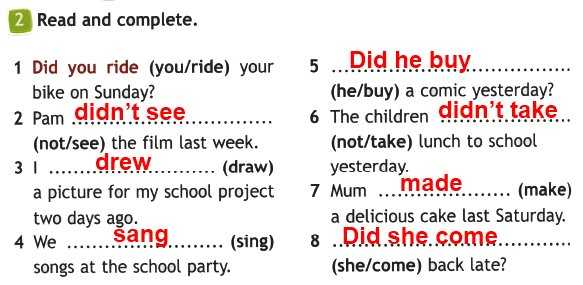 It is quick, cheap, and reliable. However, what about the second time? Can a tire be plugged twice? Is it safe?
It is quick, cheap, and reliable. However, what about the second time? Can a tire be plugged twice? Is it safe?
When you take the tire for repair, the professional will either recommend repairing—plugging or patching or a replacement. The same goes for the second puncture or crack. You can determine the safety of the second plugging by inspecting the damage size, area, previous repair, and tread condition.
Before going ahead with plugging and its safety, you must first know what is plugging.
Plugging refers to the process of filling a minute hole in the tire. In this process, tiny leather strips are covered with an adhesive or sticky leather compound. Car professionals insert this strip into the holes to seal the tire.
In case your vehicle tube does not hold air despite regular filling, chances are there is a leakage or hole. Plugging is the best solution when the damage is small. That is because it creates a robust seal on the inner side of the tire. Thus, the air does not come out of the tire even under pressure.
Thus, the air does not come out of the tire even under pressure.
Whenever your tire goes flat, you must immediately replace it with the spare one and go to the nearest repair shop. If you try to delay the trip to the mechanic’s shop, your tire might reach a state beyond fixation. Therefore, you must promptly react to any slit or hole in the tire.
Apart from instant action, a mechanic can determine the state of your tire after it has been dismounted. You need to remove the damaged tire from the rim to inspect it inside-out, especially the sidewalls. Otherwise, you may end up missing minute damages.
When a thin nail or pointed object pierces into a tire, it causes a small slit or hole. Such damages are easily fixable by plugging, sparing you from the hassle of replacement. The vulcanized leather strips seal the tire and ensure stability.
That said, even if the hole in the tire is small enough to be plugged, there are other essential considerations. The following sections talk about when plugging is considered safe for a tire.
The following sections talk about when plugging is considered safe for a tire.
Now that you know all about puncture repair, here comes the main question—can a tire be plugged twice? A tire can be plugged twice or even more than two times. However, that depends on multiple factors, with the tire’s state being the primary one. Here are all the aspects that determine its plugging possibility.
The first considerable aspect that makes the tire worth fixing is the quality of the previous repair. Irrespective of the damage done before, if the repair quality was poor, you cannot opt for a second plug.
That is because, even if the first fixation allowed temporary use of the tire, the overall quality would deteriorate over time. As a result, when you go for the second repair, the tube will already be in the worst condition.
That being said, you can still reach out to a professional service for inspection. The mechanic will have to completely dismantle the tire and check for damages as well as the condition of the former repair. In case the patch plug is intact and in a good state, you can proceed with the second plugging.
The mechanic will have to completely dismantle the tire and check for damages as well as the condition of the former repair. In case the patch plug is intact and in a good state, you can proceed with the second plugging.
The overall quality of the tire can be a significant determinant of the number of times it can be plugged. A high-quality tire is likely to bear more repairs and fixations than a poor one. More so, as it will also reflect the condition of the tire over the long run.
For example, if you have a tubeless tire, it may easily bear a second plugging as it is much more advanced. Other than that, the tread pattern, manufacturer’s reputation, etc., play a vital role in determining the tire quality.
You must remember, the better the quality, the more chances you have of opting for plugging the second time.
Another factor to weigh upon is the intensity of the previous damage. If your vehicle tire met with a high-scale accident the last time, it might not be able to bear another repair. That is because its internal structure is already damaged to an extent where a second injury will make it irreparable.
That is because its internal structure is already damaged to an extent where a second injury will make it irreparable.
That said, only a professional can finally conclude about the same. You can visit the same services or shop personnel who conducted the former repair. In case the intensity of the previous damage was minute, and you have a quality tire, second plugging is possible.
These are the few significant determinants that can decide if a tire can be plugged twice or not. However, many other aspects actually confirm the repair of a tire. These properties can help you ensure the safety of the second plugging procedure. Read on!
After conducting a thorough inspection, your mechanic can determine whether the tire is repairable or not. In most cases, if the hole is not too large, you can rely on a robust plugging process and consider it safe enough. Here are a few conditions to cross-check while considering the safety of tire plugging.
One of the first aspects to consider in a punctured or damaged tire is the extent of the damage. The maximum size of a tire repair is ¼ inches or 6mm. Therefore, if the hole or slit in your tire is bigger than the mentioned size, you must not consider plugging.
If you still opt for plugging a large-holed tire, you cannot consider it safe. Though the temporary insertion will seal the tire, it is a short-term solution. Moreover, it may lead to major blowouts or other dangerous accidents in the future. That is, even if you use the tire with the utmost safety.
You must understand that you can only repair the tread area of a tire. It is the central section, i.e., the 3/4th area at the center, also known as the minor repair area. That is, if a puncture occurs in the shoulders or sidewalls of a tire, consider the tire irreparable.
In such a case, you must drop the plugging idea as this area is not considered safe for repair. Additionally, the USTMA and TIA recommend the same.
Additionally, the USTMA and TIA recommend the same.
Another essential factor to consider while considering plugging is the place of the previous repair. In case your tire is already filled, you need to ensure its last plugging area first. If the new damage overlaps or lies anywhere close to the previous repair, you must throw away the tire.
Tires that have two injuries adjacent to each other are not reliable even after repair. That is because the two plugs can combine together to cause larger damage that might lead to major accidents.
Most quality tires come with wear indicator bars and tread markings that you can read to determine their wear intensity. These tiny extensions are 2/32’’ high, which is the minimum limit of tire safety. If the tread markings of the damaged tire are in-line or below these bars, you must not consider plugging. You can also check the wear density by running a penny test on the tires.
You must know that plugging is not a permanent solution for the tire slit or leakage. It is a temporary hack, which may not be legal in every area. Consequently, most professionals will recommend a tire change instead of plugging.
That said, you can still resort to plugging under certain conditions. These include minor damages, quality tubes, and an overall good state of a tire. Yet, how long can a plugged tire last? The duration or life of a plugged tire depends on multiple factors.
One of the prime aspects is the quality of the repair process. If your vehicle’s tire has been repaired well, it can last for 5 to 7 years or more. That is unless you resort to rash driving or meet with another puncture or hole.
Apart from that, the smoothness of the driving surface can also impact the condition of the tire. If you drive the vehicle in rough areas, the tire condition will automatically deteriorate. Moreover, it may also affect the older plugging.
That said, one of the most quintessential aspects of a plugged tire’s lifespan depends on the damage location and intensity. If your tire got a relatively larger slit, plugging might not prove useful enough. Also, in case the damage was on the sidewalls of the tire, plugging might not last long.
Now that you know all about plugging, do you think it is a good idea? Well, plugging or plug patch is a reliable option if conducted by a professional. To further help your decision, here are the pros and cons of plugging.
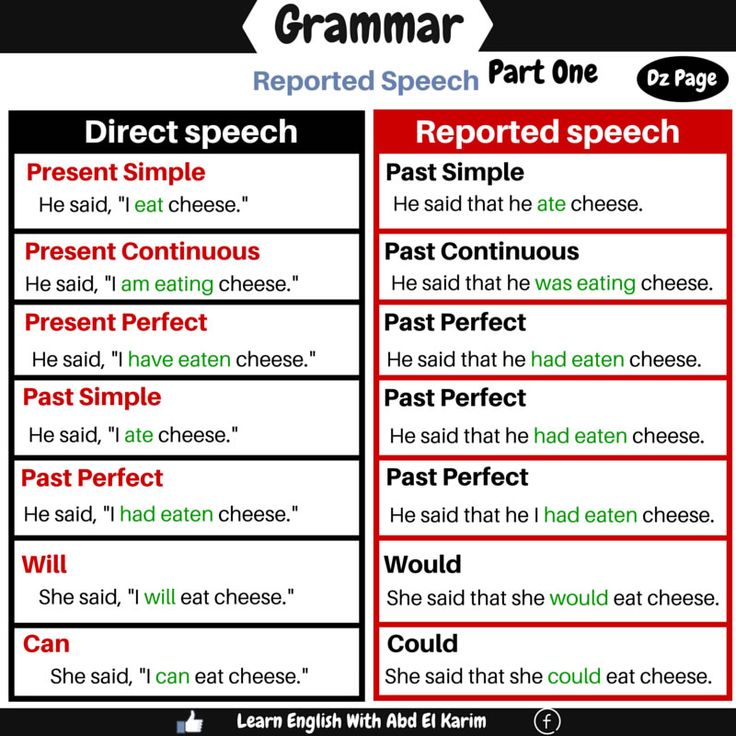 That is because it only takes 5 to 10 minutes for the tire to be plugged.
That is because it only takes 5 to 10 minutes for the tire to be plugged.
Vladimir Gavrilov
Estimated reading time: 4 minutes
8515
Category: Service Auto
Studs in winter tires significantly improve the car's behavior on icy roads. 8-9 always work in the contact patchmetal teeth that bite into the ice and prevent slipping. On hard surfaces, the studs can hide in their sockets, allowing the studded rubber tread to provide traction. Fine cutting of lomels envelops the surface of the road and seems to stick to it. In this case, the spikes stop working, and the grip properties of the wheel are determined by the characteristics of the tread and the composition of the rubber compound.
8-9 always work in the contact patchmetal teeth that bite into the ice and prevent slipping. On hard surfaces, the studs can hide in their sockets, allowing the studded rubber tread to provide traction. Fine cutting of lomels envelops the surface of the road and seems to stick to it. In this case, the spikes stop working, and the grip properties of the wheel are determined by the characteristics of the tread and the composition of the rubber compound.
There is no clear indication in domestic legislation about how many studs a tire should have. The rules of the road also do not contain any requirements for the number of spikes. Only in a few European countries have regulations been approved that studs cannot contain more than 50 studs per linear meter of tire in order to avoid high wear on the surface layer of asphalt roads. That's about 100 studs on one R16 wheel. Meanwhile, in Russia there are no such strict restrictions, and tires for icy roads with 120, 180 and even 190 spikes.
The lower limit of studding is also not specified in the regulations. Only in the list of malfunctions and in the technical regulations of the Customs Union is the requirement for the tread height of a winter tire indicated. It must be at least 4 mm. However, manufacturers have standards for studs, and, guided by them, one can evaluate the ability of the wheel to provide the declared driving characteristics.
Typically, a new tire will lose no more than 5% of its metal teeth in its first year of use. And this means that the weakening of adhesion to the icy road will be observed in negligibly small periods of time. It does not affect the driving characteristics. nine0005
In the second season of operation, frequent trips on asphalt in the thaw lead to the loss of the same number of spikes, namely 5-10 pieces. The wheel is already losing 10% of the teeth, which is why loss of grip in the contact patch will be observed more often.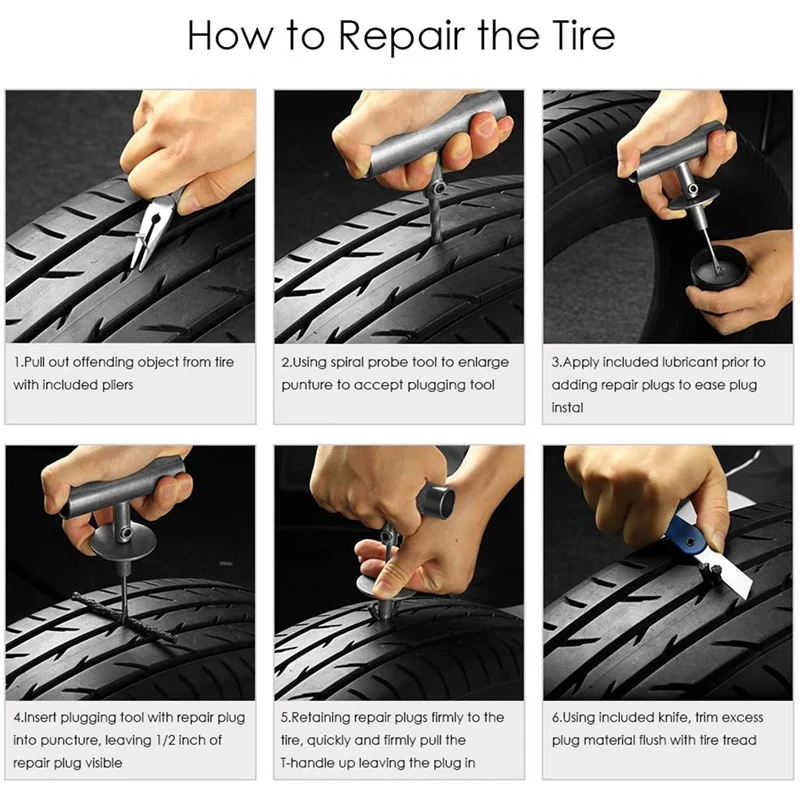 However, 90% of the spikes are enough to provide the characteristics declared by the manufacturer.
However, 90% of the spikes are enough to provide the characteristics declared by the manufacturer.
After the third season, the tire is missing about 20% of the teeth, and after the fourth year it is already 30-40%. The fourth year of operation of spikes is considered critical. The rubber compound under the influence of road chemicals and due to solar radiation loses its elasticity, and the spikes fall out rapidly. The car already holds the road worse, since a pair of teeth is almost always missing in the contact patch. Although in everyday operation, changes in the behavior of the machine are almost imperceptible and can only be recorded by instruments at specialized sites. nine0005
After the fifth year of use, a tire may lose more than 50% of its studs. Such a wheel in the contact patch has a constant shortage of teeth. Instead of 8-9 pieces, only 4-5 spikes work, which is why the coupling properties are noticeably reduced. The braking distance is growing, drivers have to take this into account and not to speed up, as before. However, you can ride on such a tire.
However, you can ride on such a tire.
After the sixth year of operation, a good imported studded tire may lose 60-70% of the metal teeth, due to which there are noticeable dips in its performance. If earlier she clung to the ice well, now she does it with laziness, allowing large slippage during braking. Nothing critical though. According to their characteristics, studs are close to ordinary Velcro and may well be used in winter, however, not as actively as before. nine0005
Manufacturers define the life of any wheel as 7 seasons. Therefore, after the seventh winter, when about 30-40% of the spikes remain on the spike, it is necessary to change it to a new one. By that time, the tread wears out to 4 mm, and it is already forbidden to operate such a wheel by traffic rules.
winter tirescar maintenance
Next article
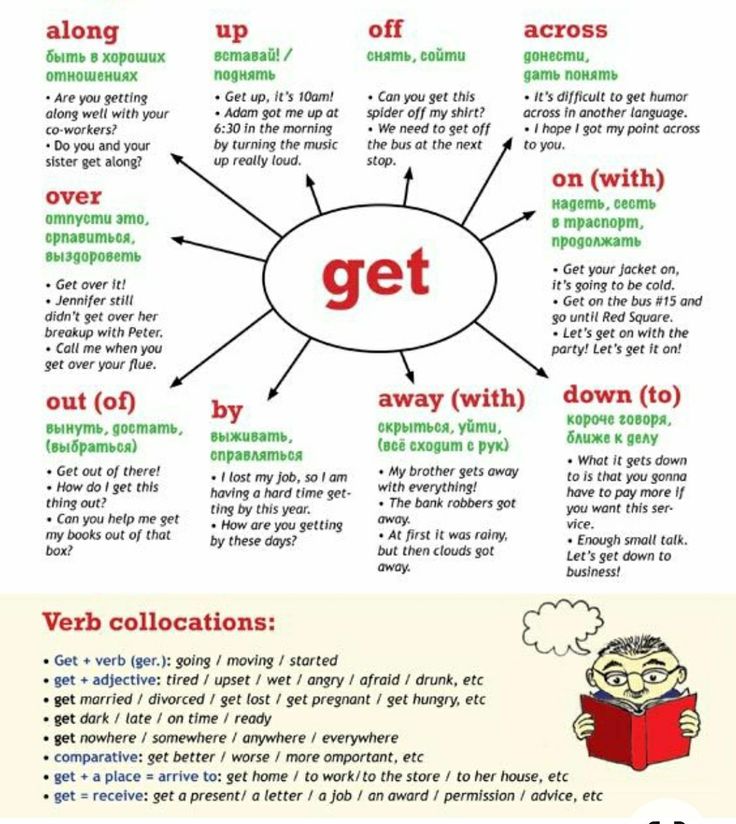 How are tires different?
How are tires different? Media news2
KrasnodarArmavirGelendzhikTuapseSochiNovorossiyskBelorechenskMaikopRostov-on-DonSimferopolStavropolAstrakhanst. Kanevskaya st.Vyselkist.Dinskaya VolgogradVoronezh
Kanevskaya st.Vyselkist.Dinskaya VolgogradVoronezh
TSC No. 13 pos. Verkhnebakansky, st. Bakanskaya, 8A
+7 (928) 331-07-76
Around the clock
TSC No. 29, Volgograd, 30th Anniversary of Victory Blvd., 9
+7 (937) 088-44-27
Mon-Fri from 09.00 to 20.00, Sat from 9.00 to 19.00, Sun from 10.00 to 18.00
+ 7 (988) 997-61-11
Mon-Fri from 09.00 to 20.00, Sat from 9.00 to 19.00, Sun from 10.00 to 18.00
TSC No. 18, Krasnodar, Berezovy village, Karl Gusnik st., 17
+ 7 (938) 538-53-11
Mon-Fri 9:00 - 20:00; Sat 9:00 - 19:00; Sun 10:00 - 18:00
nine0043TSC No. 27, Sochi, Batumi Highway 94/20
+7 (928) 272-72-55
Mon-Fri from 09. 00 to 20.00, Sat from 9.00 to 19.00, Sun from 10.00 to 18.00
00 to 20.00, Sat from 9.00 to 19.00, Sun from 10.00 to 18.00
TSC-26 Voronezh, st. Volgogradskaya 30
+7 (930) 406-78-84
Mon-Fri from 9.00 to 18.00
TSC No. 25, Volgograd, Bureyskaya st., 8
8 (937) 088-42-78
Mon-Fri from 9.00 to 18.00
TSC No. 22, Stavropol, ave. Kulakova, 18
+7 (938) 517-77-03
Mon-Fri from 9.00 to 18.00
TSC №21 Armavir, Efremova 319
+7 (918) 322-76-38
nine0002 Mon-Fri from 09.00 to 20.00, Sat from 9.00 to 19.00, Sun from 10.00 to 18.00TSC No. 19, Krasnodar, st. Selezneva 197/5
+7 (989) 169-34-16
Mon-Fri 9:00 - 20:00; Sat 9:00 - 19:00; Sun 10:00 - 18:00
TSC No.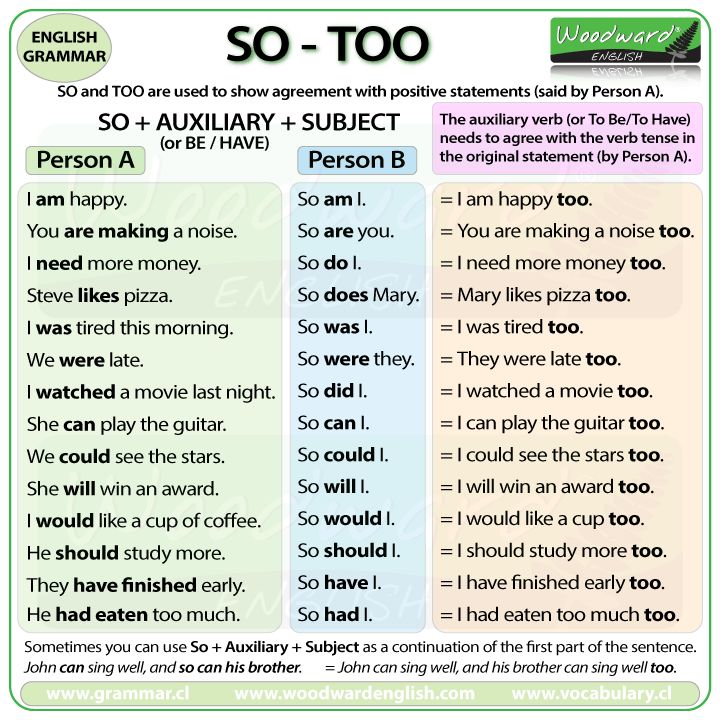 17 Astrakhan, 1st passage Rozhdestvensky 11a
17 Astrakhan, 1st passage Rozhdestvensky 11a
+7 (988) 172-66-88
nine0002 Mon-Fri from 9.00 to 18.00 Sat-Sun day offTSC No. 16, Rostov-on-Don, st. Dovatora, 154/5
+7 (989) 527-11-86
Mon-Fri from 9.00 to 18.00 Sat-Sun day off
TSC No. 15 st. Vyselki st. Luneva, 29a
+7 (918) 199-67-89
Mon-Fri from 9.00 to 18.00, Sat from 10.00 to 15.00, Sun from 10.00 to 15.00
TSC No. 14 Crimea, Simferopol, 11 km. Moscow highway
+7 (938) 517-77-82
Mon-Fri from 9.00 to 18.00 Sat, from 10.00 to 15.00, Sun closed
TSC No. 12, Gelendzhik, st. Lunacharskogo, 310A
+7 (918) 027-88-99
Mon-Fri from 09.00 to 20.00, Sat from 9.00 to 19.00, Sun from 10. 00 to 18.00
00 to 18.00
TSC No. 11 st. Kanevskaya, st. Sverdlikova, 277d
+7 (988) 312-97-70
Mon-Fri from 09.00 to 20.00, Sat from 9.00 to 19.00, Sun from 10.00 to 18.00
TSC No. 10, Krasnodar, st. Russian, 339
+7 (989) 298-90-17
Mon-Fri 9:00 - 20:00; Sat 9:00 - 19:00; Sun 10:00 - 18:00
TSC No. 9, Tuapse, p. Kroyanskoe, st. Solnechnaya, 1B
+7 (918) 060-47-17
Mon-Fri 9:00 - 20:00; Sat 9:00 - 19:00; Sun 10:00 - 18:00
TSC No. 8, Krasnodar, st. Stavropolskaya, 214/5
+7 (918) 060-47-08
Mon-Fri 9:00 - 20:00; Sat 9:00 - 19:00; Sun 10:00 - 18:00
TSC No. 7, Krasnodar, st. Dinskaya, Federal highway M4 1308 km, 3
+7 (918) 060-47-07
Around the clock
TSC No.